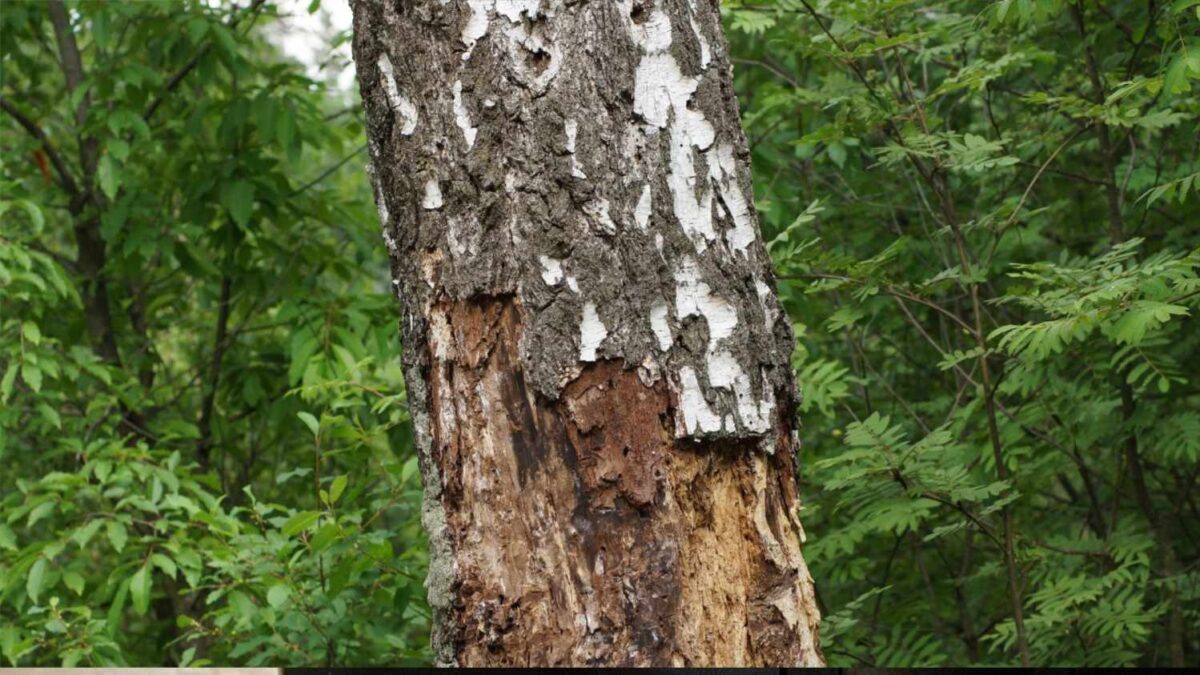Trees are an important part of our landscape, providing us with shade, beauty, and oxygen. However, trees can also be susceptible to diseases, which can weaken and eventually kill them. If you notice any signs of disease on your tree, it is important to take action quickly to prevent further damage.
Common signs of tree disease
- Wilting leaves: Wilting leaves are a sign that the tree is not getting enough water. This can be caused by a variety of factors, including drought, root damage, or a disease that is interfering with the tree’s ability to absorb water.
- Yellowing leaves: Yellowing leaves can be a sign of a nutrient deficiency, a disease, or insect infestation. If the leaves are only yellowing on one side of the tree, it could be a sign that the tree is not getting enough sunlight.
- Brown and dying leaves: Brown and dying leaves are a sign that the tree is under stress. This stress can be caused by a variety of factors, including drought, disease, insect infestation, or environmental pollution.
- Spots or blemishes on leaves: Spots or blemishes on leaves can be a sign of a fungal or bacterial infection. These infections can weaken the tree and make it more susceptible to other diseases.
- Fuzzy or moldy-looking patches: Fuzzy or moldy-looking patches on the leaves or bark of a tree are a sign of a fungal infection. These infections can weaken the tree and make it more susceptible to other diseases.
- Holes in leaves: Holes in leaves are a sign of insect infestation. These insects can weaken the tree and make it more susceptible to other diseases.
- Dead, dying, or dropping branches: Dead, dying, or dropping branches are a sign that the tree is under stress. This stress can be caused by a variety of factors, including drought, disease, insect infestation, or environmental pollution.
- Leaning tree: A leaning tree is a sign that the tree is not stable. This can be caused by a variety of factors, including root damage, insect infestation, or disease.
If you notice any of these signs of disease on your tree, it is important to take action quickly. The first step is to identify the cause of the disease. Once you know the cause, you can take steps to treat the disease and prevent it from spreading.

In some cases, you may be able to treat the disease yourself. However, if the disease is severe, you may need to call a professional arborist. An arborist will be able to diagnose the disease and recommend the best course of treatment.
By taking action quickly, you can help to protect your tree from disease and keep it healthy for years to come.
Preventing Tree Disease
The best way to prevent tree disease is to take steps to keep your trees healthy. Here are some tips for preventing tree disease:
- Water your trees deeply and regularly, especially during hot, dry weather.
- Fertilize your trees according to the instructions on the fertilizer label.
- Prune your trees regularly to remove dead, diseased, or damaged branches.
- Inspect your trees regularly for signs of disease or insect infestation.
- Call a professional arborist if you notice any signs of disease or insect infestation.
By following these tips, you can help to keep your trees healthy and prevent them from becoming diseased.

